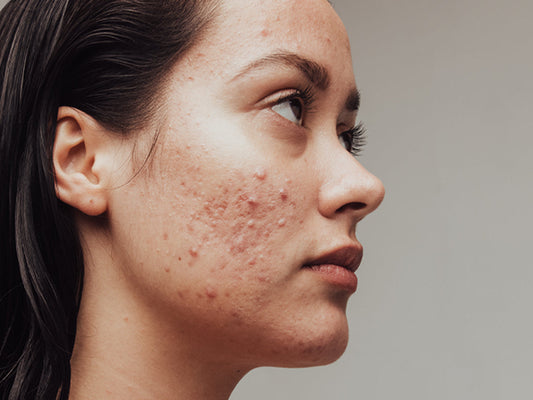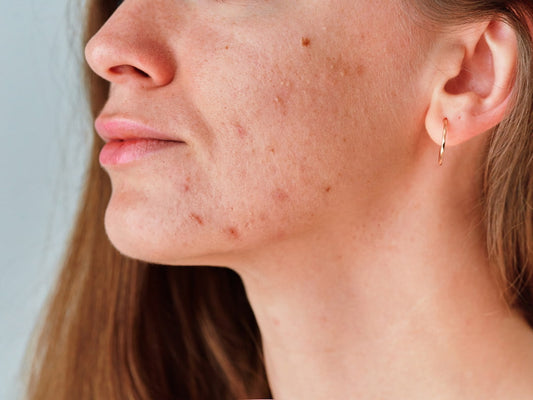What happens when our skin cell DNA is damaged?
Published on 16 May 2022
Too much time spent in the sun can lead to burning, blisters and sun stroke, but did you know that sun damage reaches much deeper into our skin cells, damaging the DNA?
What is DNA?
DNA (deoxyribonucleic acid) is a long molecule containing a unique genetic code that tells cells how to function. The world as we know it could simply not exist without DNA; it is the ‘molecule of life’. DNA plays a very important role because it carries genetic information and the ‘blueprints’ for cellular functions1. Just like all molecules, DNA has a specific structure, and when it participates in chemical reactions, this structure changes2.
Structural changes or damage to DNA cannot always be repaired. This means that the vital information DNA carries cannot be delivered, and our cells start to behave badly and mutate. It is these mutations that lead to skin cancer.
What causes DNA damage, and what does it look like?
Our skin cells are located on the surface of the body, which makes them a prime target for UV damage. But our skin cells are very smart; when they detect DNA damage taking place, they send alarm signals to cells which produce melanin, telling them to produce more pigment. It is this pigment that helps to prevent further damage and causes a tan to develop3.
However, our skin cells can’t keep up with repairs when UV exposure is too frequent and powerful. In these cases, too many irreparable genetic changes have taken place, permanently damaging the skin which can lead to cancerous growths4. This growth or mutation may be observed as a new or changed mole, freckle or lump on the skin.
If you have any concerns about your skin, such as a new or changing mole or freckle, it is very important that you speak to your GP as soon as possible.
Who is most at-risk of DNA damage?
The more often you expose your skin to the sun and get burnt or even tanned, the higher your risk of DNA damage and therefore skin cancer. It must be noted that you don’t need to burn in order for your skin cells to be damaged. Dark skin types might never burn or blister in the sun, but that doesn’t mean the skin cell DNA hasn’t been reached and altered.
You are also at an increased risk of developing skin cancer if you’ve had it before, you have a family history of skin cancer, or your skin type is pale and freckled.
How can we prevent and repair DNA damage?
The single best way to prevent skin cell DNA damage is to stay out of the sun and keep the skin covered with clothing and a sun hat. You should also apply high factor, broad spectrum sun protection like Heliocare 360°, and continue to reapply every 2-3 hours during periods of intense sun exposure, or after swimming, sweating and rubbing the skin dry.
What makes Heliocare 360° so special is Fernblock, a powerful, patented plant extract that provides multi-levels of protection from solar radiation. In terms of protecting our skin cell DNA, Fernblock has been proven to increase and accelerate the skin’s ability to repair damage. This activity is boosted with additional DNA repair enzymes which also help to protect us from skin cancer. Other benefits of Fernblock include neutralising free radicals, protecting our Langerhans cells which support the skin’s immune system, and protecting collagen which helps to prevent signs of premature skin ageing. Fernblock is backed by numerous clinical studies and recommended by dermatologists and skin care experts from around the world.
You can protect your skin cell DNA with Heliocare 360°, our award-winning range of sun protection products that are proven to help protect against DNA damage which can lead to skin cancer. Shop the range today; there are many different formulations to choose from, depending on your skin type.



